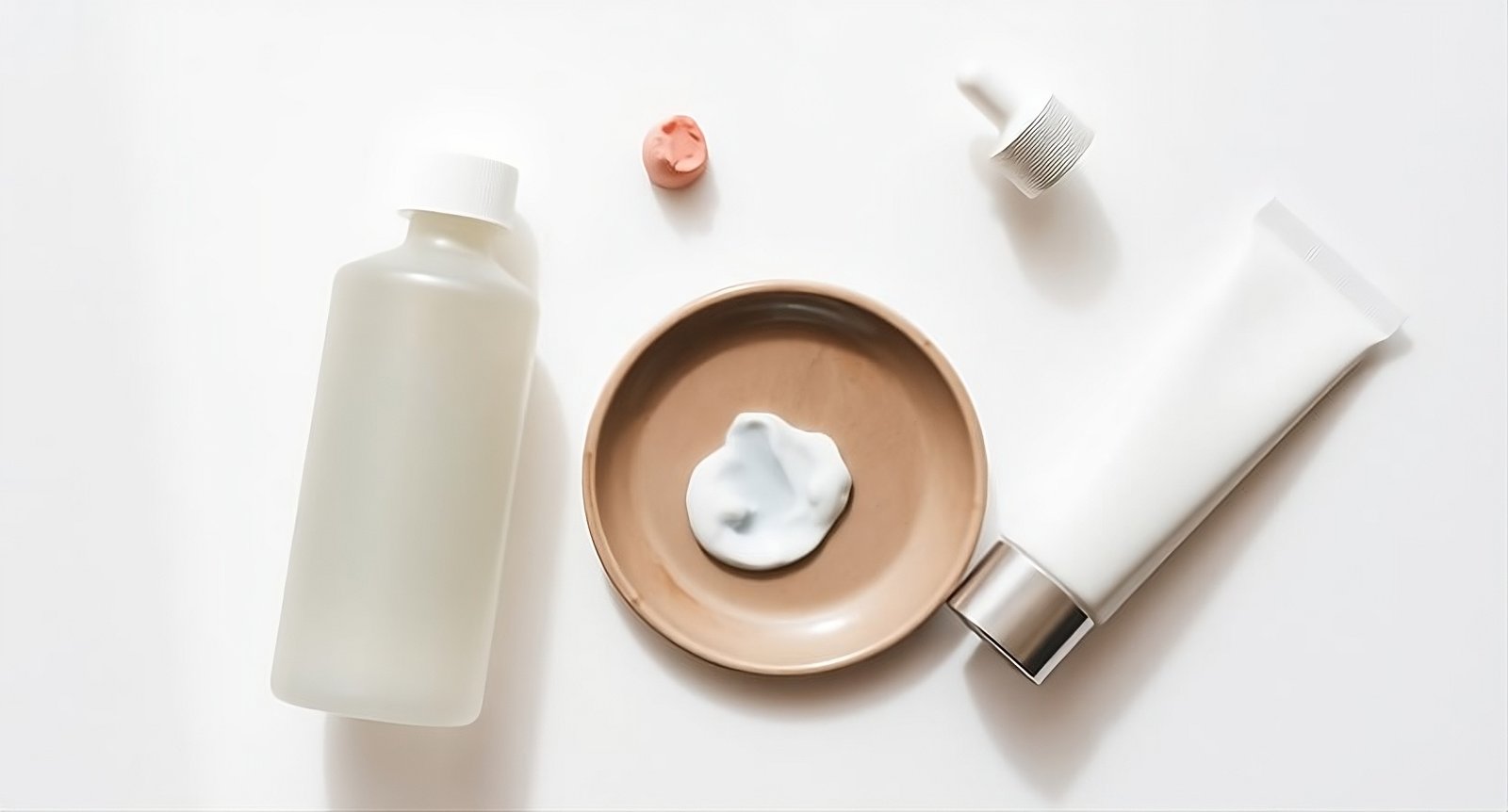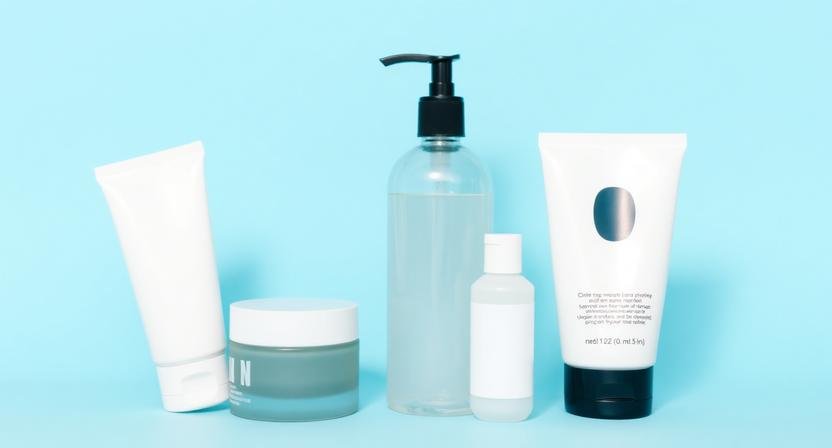How to Introduce New Products Without Irritation (Patch Testing Routine)

You found a serum everyone swears by, or a sunscreen that looks perfect in every photo, and you cannot wait to slather it on. Then the fear creeps in. What if it stings. What if you wake up red and bumpy. The fastest way to love a new product is also the slow way, introduce it with a plan. Patch testing and staged use protect your skin, your wallet, and your mood. This is your simple, human guide to trying new skincare without turning your face into a guessing game.
Why Patch Testing Works
Irritation and allergies are not the same. Irritation is dose and frequency related. Too much, too fast, or too strong. Allergy is your immune system saying absolutely not. Both can show up as redness, burning, flaking, or little bumps, so they look similar at first. Patch testing creates a small controlled trial on a tiny bit of skin. You give your body a chance to react on a safe area before you commit your whole face. If nothing happens, you ramp up slowly, so your barrier has time to adapt.
Where To Patch Test
Choose skin that is thin and a little sensitive, but not your whole face. Classic spots are the inner forearm, the side of the neck below the ear, or behind the jawline near the hairline. Those areas are easy to cover, easy to check, and similar enough to the face to be useful. If you have a history of sensitivity, the jawline or behind the ear is most realistic for face reactions. Avoid broken skin. Avoid right after shaving.
How To Do A Basic Patch Test
Wash the area with a gentle cleanser and let it dry. Apply a pea sized amount of the new product to a patch about the size of a coin. Do not rub all over, keep it contained so you can read the result. Let it dry. Do not layer other actives on top. Check the spot at 15 minutes, four hours, and 24 hours. Mild warmth that fades in a few minutes can be normal with some actives. Sharp burning, welts, hives, or intense redness is a stop sign.
If there is no reaction at 24 hours, repeat the same application daily on the same spot for two more days. Some reactions are delayed, especially with fragrances, essential oils, and preservatives. No change after three days means you are likely safe to try it on the face with a controlled schedule.

The Repeat Use Test For Tricky Products
Some formulas are fine once, then cause trouble on day three. To catch that, extend your patch test to five to seven days for high risk items. High risk means strong exfoliating acids, retinoids, benzoyl peroxide, or products with heavy fragrance. Apply a small amount to the test area every other day for a week. This simulates real use and reveals slow burn irritation that a single test would miss.
Stagger New Products, One At A Time
If you change five things on the same day and your skin flares, you will not know which bottle did it. Add one new product at a time and give it a window. The simple rule is one new formula every seven days for gentle items, and every fourteen days for strong actives. That window gives you time to spot trends and adjust.
You can still have fun. Rotate categories. Week one, a moisturizer. Week three, a sunscreen. Week five, an active serum. Your routine grows without chaos, and you still get to play.
Start Low, Go Slow
Skin prefers training over shock. Even if you tolerated a strong acid or retinoid in the past, different brands and vehicles hit differently. Use the smallest amount that still feels like you applied something. Think grain of rice or pea sized amount for the whole face. Start at night when you can watch for delayed stinging. For exfoliating acids and retinoids, begin every third night for two weeks. If you stay calm, move to every other night. Daily use is not required for good results, and many faces never need it.
Buffering And Sandwiching
You can soften the punch of many actives without cancelling them. Apply a thin layer of a simple moisturizer first, let it sit for a minute, then use your active, then seal with another thin layer of moisturizer. This sandwich helps new retinoid users a lot. For acids, try applying to completely dry skin and use a small amount, then follow with moisturizer. Buffering slows the rate at which the ingredient moves into the skin, which often means less sting and less flake.
Watch For Real Warning Signs
Normal adaptation looks like mild dryness, slight tightness, or faint flaking in the first one to two weeks with retinoids and some acids. Those signs should ease with gentle moisturizers and less frequent use. Red flags are different. Sharp burning that lasts, hives, swelling, oozing, intense itching, or acne like clusters that appear within hours. Stop, rinse with lukewarm water, and go barrier only for a few days. If swelling or hives appear, seek medical care. If a product repeatedly causes welts or a rash, that may be an allergy, not simple irritation, and re testing is not a good idea.
Keep A Tiny Skin Diary
You do not need a spreadsheet, just a few lines in your notes app. Write the product name, what night you started, where you put it, and what you felt in the next 48 hours. Note climate shifts too, heat, humidity, heaters, and travel change how skin behaves. A diary helps you see that the tingling started when you increased frequency, not because the product is bad. It also helps you spot which vehicles you love, gel, lotion, or cream.
Patch Test By Category
Cleansers
Apply to the inner forearm, lather gently, leave for a minute, rinse. Watch for itching bumps or delayed dryness. If your face is very sensitive, do a behind the ear cleanse for a minute and rinse.
Moisturizers
Apply to the jawline and leave. They are usually low risk, but fragrance and plant extract blends can cause delayed reactions. Check at 24 and 48 hours.
Sunscreens
These can be sneaky. Patch test on the jawline for two days in a row, then wear on a cheek for a full day. Some filters or vehicles sting eyes only after hours of wear. If your eyes water, try around face only for a day before going near the eye area.
Exfoliating Acids
Patch test behind the ear for two days, then a light dot on one cheek at night. Start every third night on the full face. Avoid stacking with other strong actives during the first two weeks.
Retinoids
Patch test with the moisturizer sandwich on the jawline for three nights total. Then apply a grain of rice for the whole face every third night. Increase only when flakes are under control.
Benzoyl Peroxide
Patch test on the forearm and jawline because it can be sensitizing and drying. Start with a thin layer only on breakout zones. Beware of fabric bleaching while testing.
Vitamin C
L ascorbic acid at low pH stings many faces. Patch test on the jawline. If you react, try a gentler vitamin C derivative serum.

Introduce New Products Around Your Cycle And Climate
Your skin changes with seasons and hormones. If you menstruate, the week before your period can be more reactive. If you can, add actives in the calmer part of your cycle. In winter air is dry, so your barrier has less patience. Introduce new products with more buffer and more moisturizer. In summer heat and sweat increase penetration. Go slower with strong formulas and avoid stacking too many layers that can trap sweat.
Pair New Products With A Calm Base Routine
New serums do best when the rest of your routine is predictable. Keep your cleanser gentle. Use a moisturizer your skin already trusts. Protect with a sunscreen that never stings. While you test a new active, park other strong players. Do not bring in exfoliating pads, a new retinoid, and a new vitamin C in the same month. Build a base that feels boring. Boring skin takes on new things beautifully.
A steady scaffolding looks like this morning – cleanse or rinse, simple hydrating step, trusted moisturizer, sunscreen. Night – gentle cleanse, test product on its schedule, moisturizer
What To Do If You React
Stop the new product and give your skin a quiet period. Switch to barrier care for three to seven days, gentle cleanser, hydrating serum if it does not sting, barrier focused moisturizer with ceramides and cholesterol, and sunscreen. No acids. No fragrance mists. No scrubs. If you had hives or swelling, consider that an allergy and avoid the product. If you only had dryness and mild redness, you can retry later at lower frequency and with buffering. If your eyes reacted to a sunscreen, try a different filter type or keep that formula away from the eye contour.
If a product causes peeling plus distinct itchy patches, or crusting, or yellow fluid, call a dermatologist. That is not a normal purge, that is an irritated or infected skin situation that needs care.
How To Tell Purge From Problem
Purge means existing micro comedones come to the surface faster after you start certain actives that speed cell turnover, usually retinoids, some acids, and sometimes benzoyl peroxide. Purge looks like your usual breakouts, in your usual zones, and it settles within six to eight weeks while overall texture improves. A problem looks different. Brand new itchy bumps in new areas, widespread redness, stinging with water, or a rash pattern means irritation or allergy, not purge. If you are unsure, pause the product for a week. Purge does not vanish in two days, irritation does.
Common Patch Testing Mistakes
Do not test ten products on the same arm at once. Reactions can overlap and confuse you. Do not test on very thick skin like the heel of your hand and assume the face will agree. Do not layer your entire night routine on top of the test spot, you will not know which step made the trouble. Do not jump to full face because the first night was quiet. Delayed sensitivity is real. Do not scrub an irritated spot to make it heal faster. You are only adding friction to inflamed skin.
A Two Week Sample Schedule
Use this if you want a plug and play plan for one new active.
Days 1 to 3
Patch test on the jawline at night. Check morning and evening.
Day 4
Rest. Moisturizer and sunscreen only.
Days 5 and 8
Full face test with a grain of rice amount at night, over a thin moisturizer. No other actives. Moisturizer after.
Days 6, 7, 9
Barrier routine only. Watch for delayed flaking or irritation.
Days 10 and 13
Full face again at night. If all is calm, you can move to every other night in week three.
If you feel more than mild dryness, stay at the current frequency for another week or two. Your destination is results with comfort, not a rush.
Final Thoughts
Introducing new products does not have to be stressful. A small patch, a few patient days, and a calm base routine give you almost all the protection you need. Patch test on a smart spot. Stagger products. Start with tiny amounts and long gaps. Buffer when you need to. Keep notes so you learn your skin’s patterns. If something goes wrong, stop, soothe, and try again later or let it go. The goal is skin that feels predictable and happy while you explore. When you take it slow, you learn faster, because your results are clear, and your skin thanks you with fewer surprises and more good days.